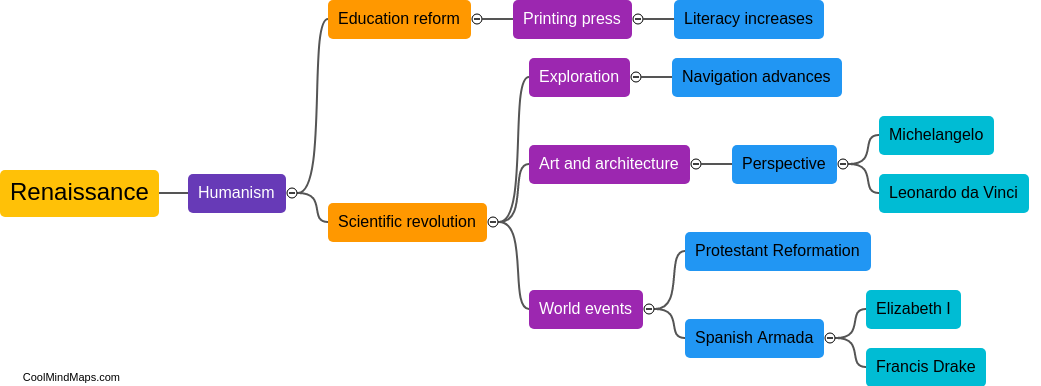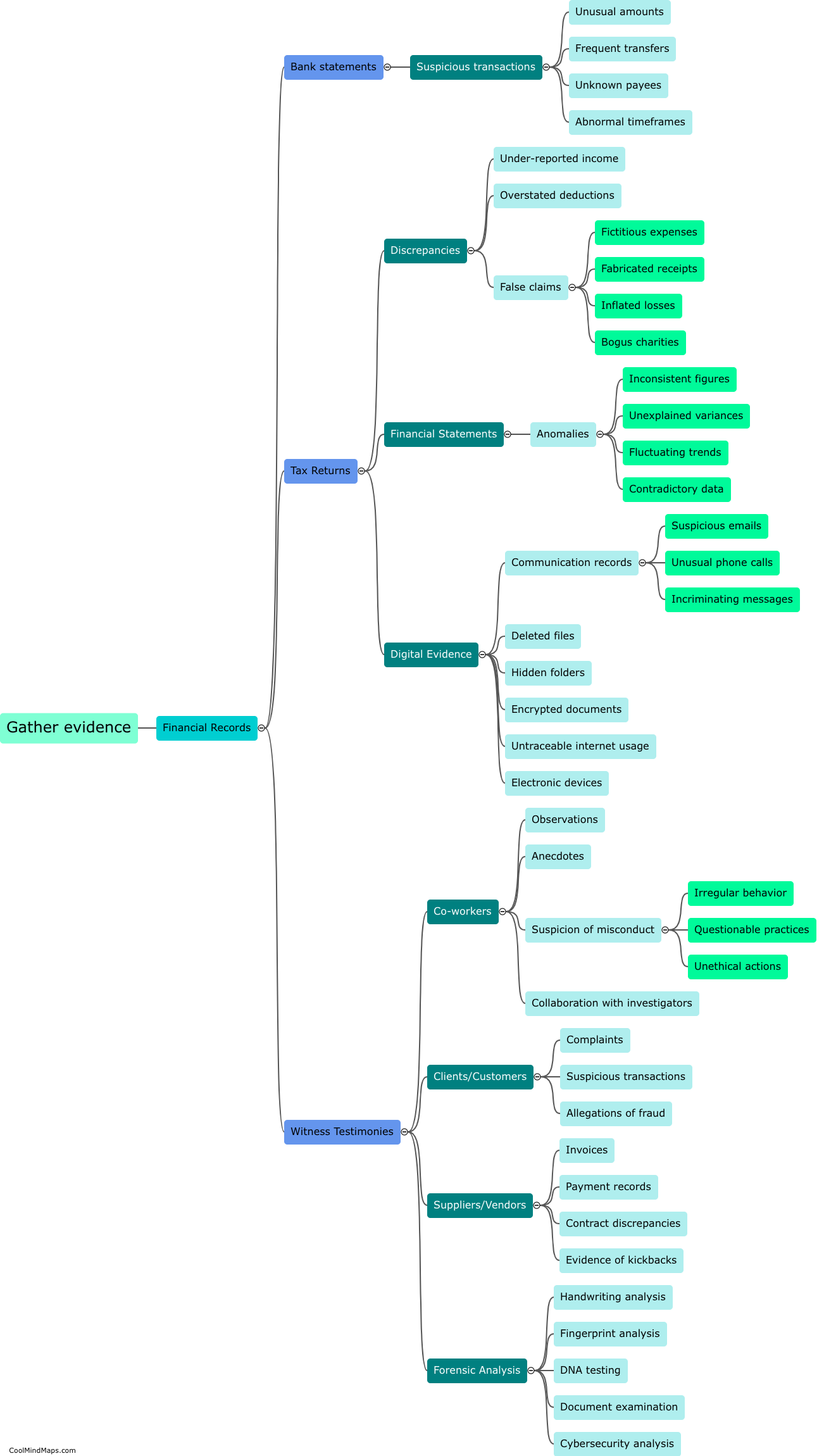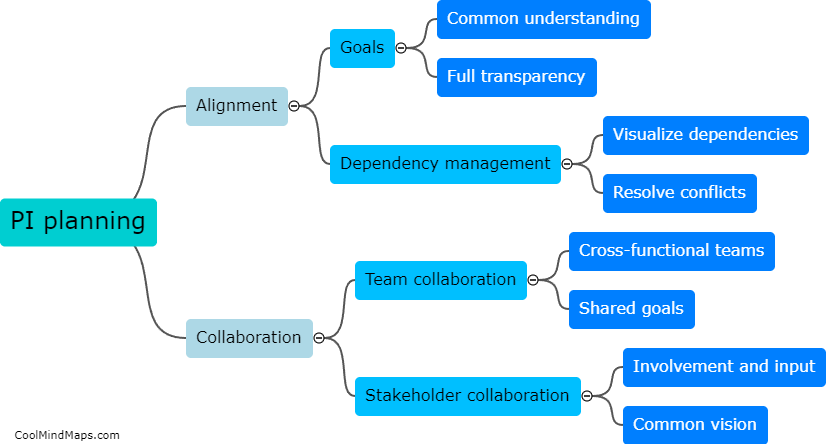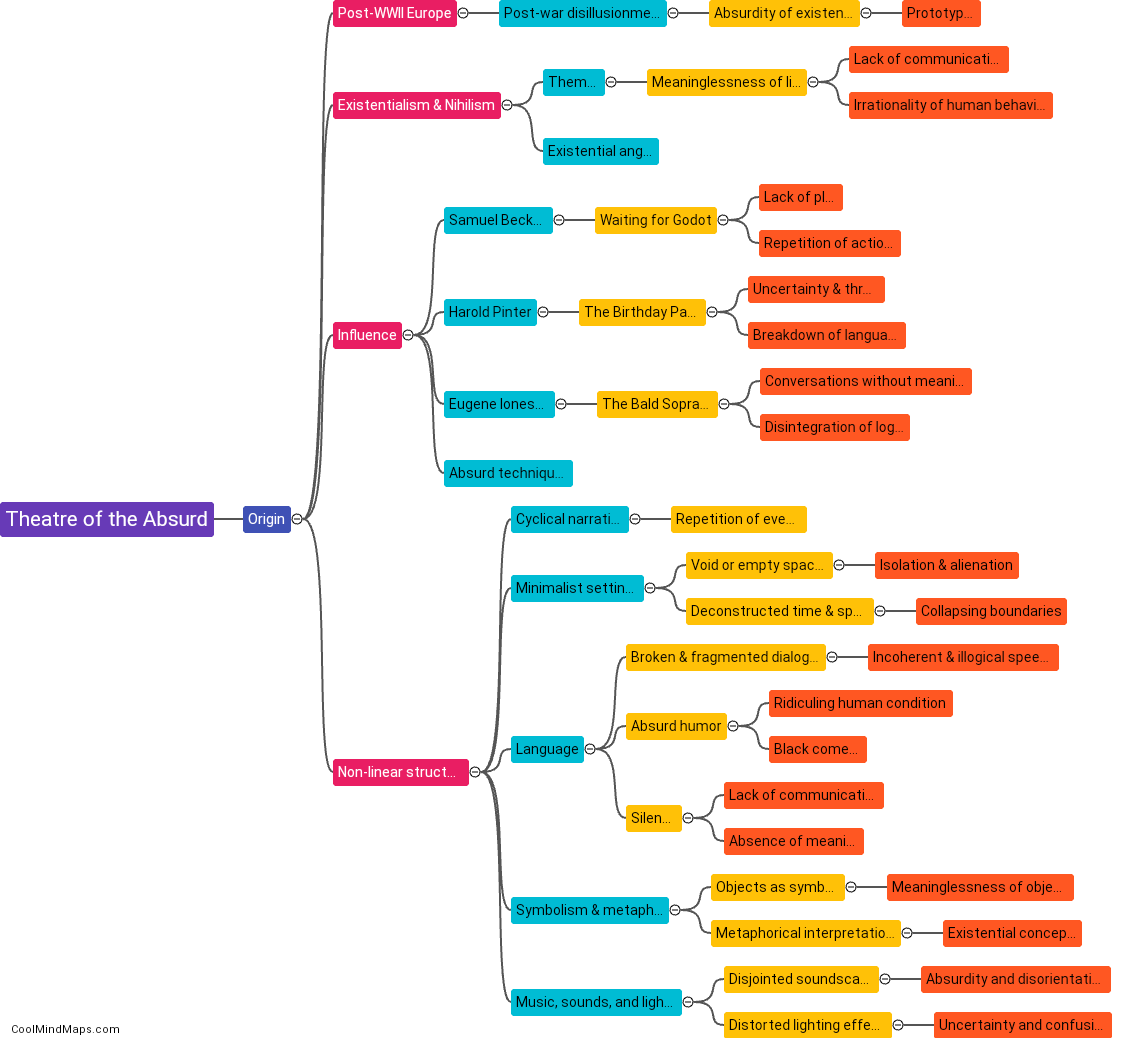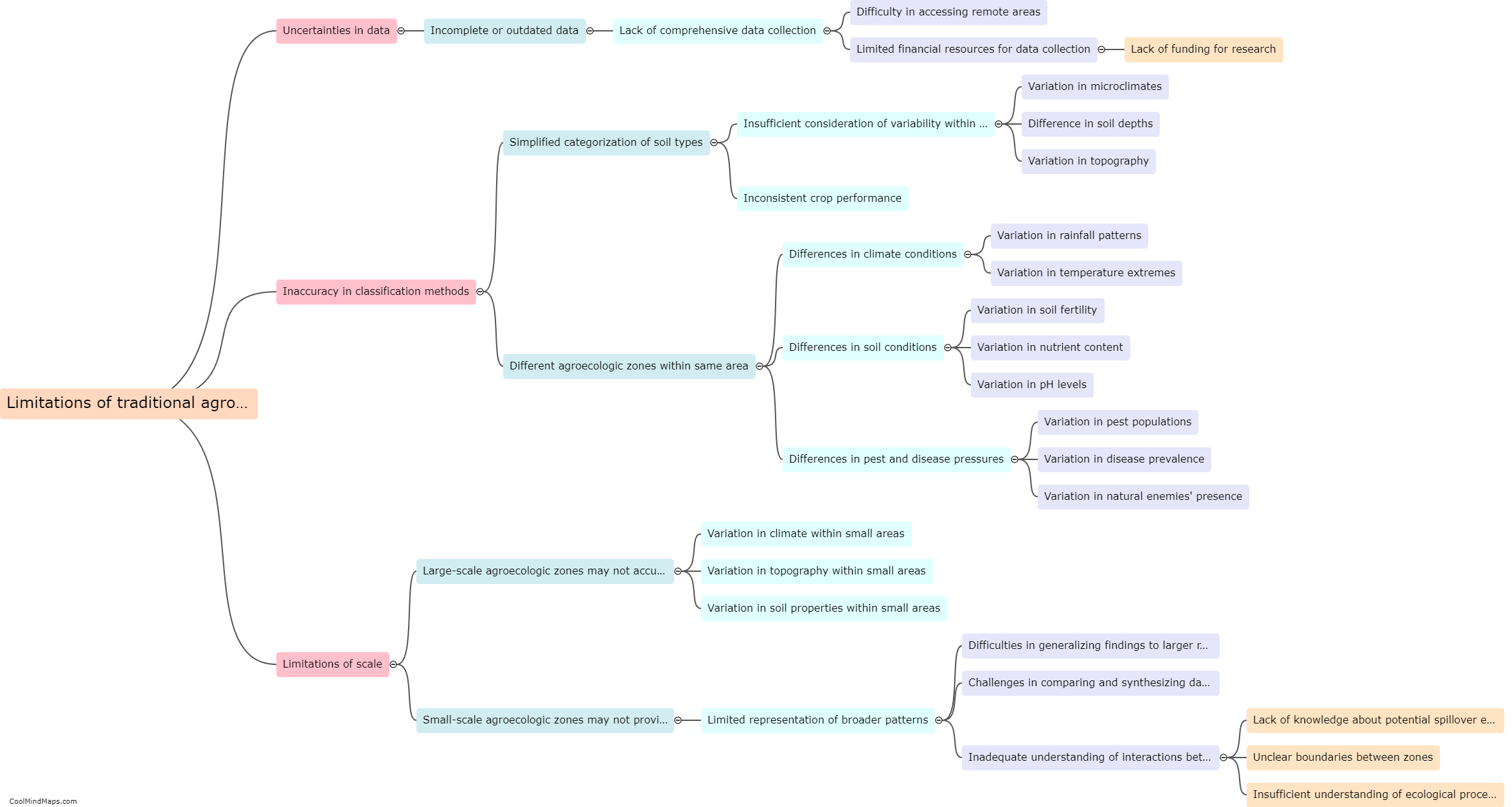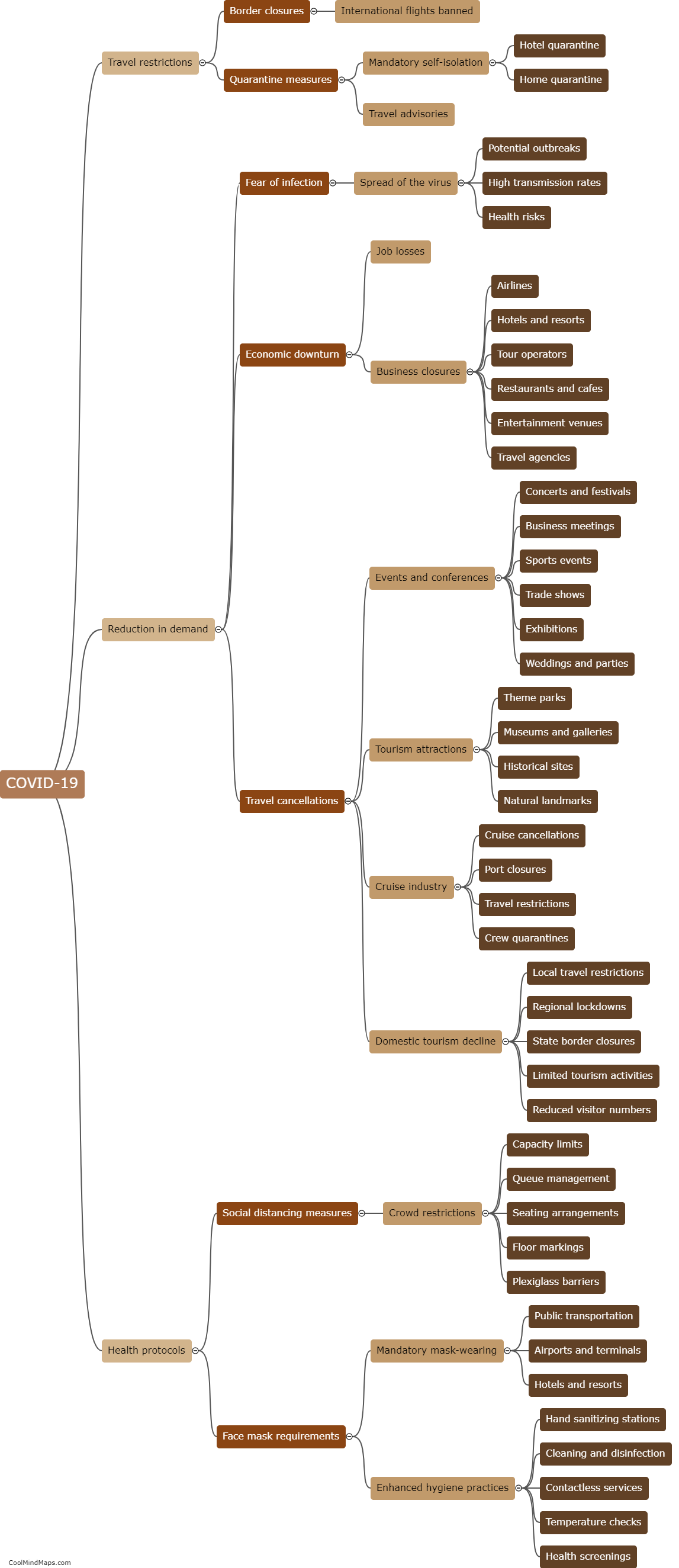What are the strength prediction methods for high-strength concrete columns?
Strength prediction methods for high-strength concrete columns aim to estimate the ultimate load-carrying capacity of these structural elements. One commonly used method is based on empirical equations, which utilize key parameters such as concrete strength, steel reinforcement ratio, and column dimensions. These equations are often derived from experimental tests and can provide reasonably accurate predictions. Additionally, analytical methods such as the strain compatibility approach and the stress block concept can be used to estimate the ultimate strength of high-strength concrete columns. These methods consider the distribution of axial and bending stresses within the column and can provide more detailed insights into its behavior. Computational methods, such as finite element analysis, are also utilized to predict the strength of high-strength concrete columns by modeling their complex behavior under various loading conditions. By employing these strength prediction methods, engineers can design and optimize high-strength concrete columns for safe and efficient structural systems.
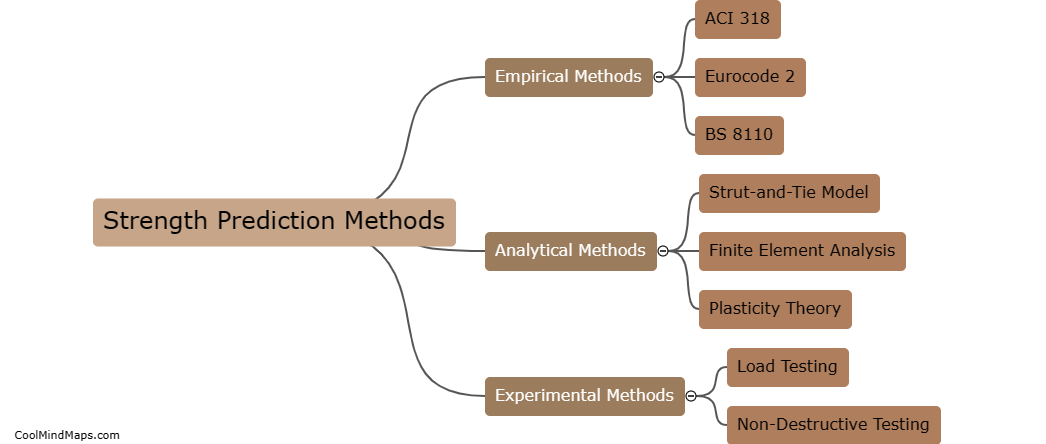
This mind map was published on 4 July 2023 and has been viewed 59 times.
